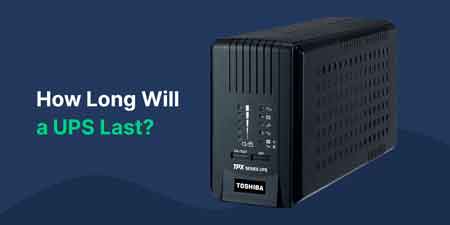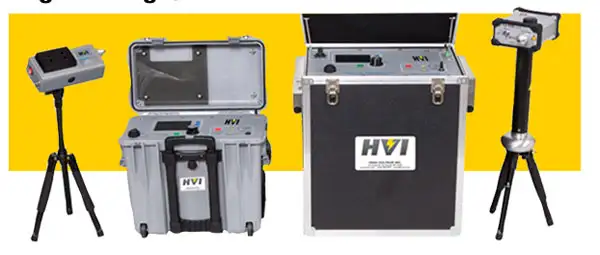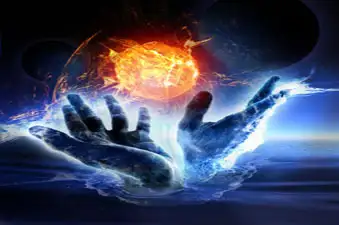Alternative Energy Incentives - Green Energy Derivatives

Alternative energy incentives accelerate grid decarbonization via tax credits, rebates, net metering, and grants for solar, wind, storage, power electronics, microgrids, and smart grid upgrades, reducing LCOE and supporting EV charging infrastructure.
What Are Alternative Energy Incentives?
Incentives—tax credits, rebates, net metering—finance clean electrification, grid upgrades, and storage to cut costs.
✅ Lowers LCOE for solar PV, wind, and battery storage projects
✅ Supports grid modernization, smart inverters, and microgrid controls
✅ Enables EV charging, demand response, and power electronics R&D
Alternative energy incentives encourage companies to pursue non-fossil-fuel energy as a way to consume power. Different countries have different alternative energy incentive programs available for businesses and residences through country, state/province, or municipality levels. However, in this article, alternative energy incentives for business take the center focus. For background on definitions and technologies, see this overview of what constitutes alternative energy and typical market drivers.
In the U.S., two alternative energy incentives available are the investment tax credit and the production tax credit (both can be claimed on a taxpayer’s federal income tax return). A third incentive is a grant program that gives businesses opportunities to receive cash payments from the government for purchasing alternative energy property. Detailed federal and state guidance on credits is summarized in this resource on renewable energy tax credits for common project types.
The investment tax credit, the energy production tax credit or the federal energy grant cannot be claimed in tandem, meaning that a taxpayer can only choose one of these alternative energy incentives. Obviously care will need to be taken in deciding which alternative energy incentive will be best for a specific taxpayer.
Many businesses model total installed cost and depreciation using these alternative energy cost references before selecting an incentive.
While incentives are available They are available for both businesses and individuals; and they can be found at the federal, state and local levels, as well as with utility companies and product manufacturers. A concise primer on renewable alternative energy helps stakeholders align technologies with applicable programs.
1. Alternative Energy Incentives - Investment Tax Credit
A taxpayer can claim a tax credit equal to thirty percent of the cost of qualified eligible energy property placed in service. For credit calculations and eligibility nuances, consult this guide to alternative energy tax credits and common compliance pitfalls.
Property eligible for this alternative energy incentive are:
- Solar property,
- Geothermal property,
- Qualified fuel cell property,
- Stationary micro turbine property,
- Combined heat and power system property,
- Qualified small wind energy property, and
- Geothermal heat pump property
The federal tax credit is not considered to be taxable income; however, the cost basis of the energy property will need to be reduced by one-half of energy credit claimed. The investment tax credit is also subject to an alternative minimum tax limitation. The credit cannot reduce a taxpayer’s regular tax below the taxpayer’s alternative minimum tax. Any unused credit can be carried back one year and forward twenty years. Case studies of successful deployments in solar, CHP, and wind are profiled among these alternative energy projects to illustrate basis and credit interactions.
A percentage of the investment tax credit will have to be recaptured if the energy property is disposed of within five years of being placed in service.
2. Alternative Energy Incentives - Production Tax Credit
A taxpayer can claim a tax credit equal to a percentage (between .0075 cents and 2.1 cents per kilowatt hour) of energy generated from qualified energy resource property placed in service. The credit can be claimed for a ten year period starting with the date that the energy resource property is placed in service.
Eligible energy resources for this alternative energy incentive include:
- Geothermal or solar energy,
- Wind,
- Open-loop biomass,
- Closed-loop biomass,
- Marine and hydrokinetic renewable energy
- Small irrigation power,
- Qualified hydropower production, and,
- Municipal solid waste
Unlike the investment tax credit, the cost basis of energy property does not have to be reduced by the production tax credit claimed. In addition, for facilities that generate electricity, there is no alternative minimum tax credit limitation for the first four years that a facility is placed in service.
Similar to the investment tax credit, an unused energy credit can be carried back one year and forward twenty years.
3. Alternative Energy Incentives - Grant For Specific Energy Project Investments
This grant program offers cash payments to eligible taxpayers who place in service specific energy properties. Only taxpayers that are in a trade or business can qualify for this grant, which means that a residential energy-efficient property does not qualify. Application procedures and deadlines are outlined in these alternative energy grant resources for business applicants.
The grant is in lieu of the aforementioned alternative energy incentives, meaning that a taxpayer can apply for the grant or claim one of the business tax credits, but not both.
The following persons are not eligible to receive payment:
- Federal, state or local governments,
- Non-profit organizations,
- Cooperative electric companies.
Property eligible for this alternative energy incentive are:
- Solar property,
- Geothermal property,
- Qualified fuel cell property,
- Stationary micro turbine property,
- Combined heat and power system property,
- Qualified small wind energy property, and
- Geothermal heat pump property
The cost basis on which the payment is based upon is its original cost and, which includes all costs. These costs, such as installation and cost of freight, are part of property’s depreciable basis.
The investment tax credit, which is similar to the above alternative energy incentive, the cost basis of the energy property has to be reduced by fifty percent of the grant received. In addition, to the extent that specified energy property is disposed of within five years of being placed in service a percentage of the grant will need to be recaptured.















